Wildlife of Nepal
Nepal's Ecological Zones
Nepal's dramatic elevation changes from 60m to 8,848m create diverse habitats supporting over 200 mammal species and 900 bird species across three main ecological zones:
- Terai Lowlands (60-300m): Tropical forests with tigers, rhinos, and elephants
- Mid-Hills (300-3,000m): Subtropical forests with leopards and deer
- Himalayan Region (3,000m+): Alpine zones with snow leopards and blue sheep
Flagship Mammals of Nepal

Bengal Tiger (Panthera tigris tigris)
EndangeredFound at: Chitwan, Bardia, Parsa, Banke NPs
Population: ~235 individuals
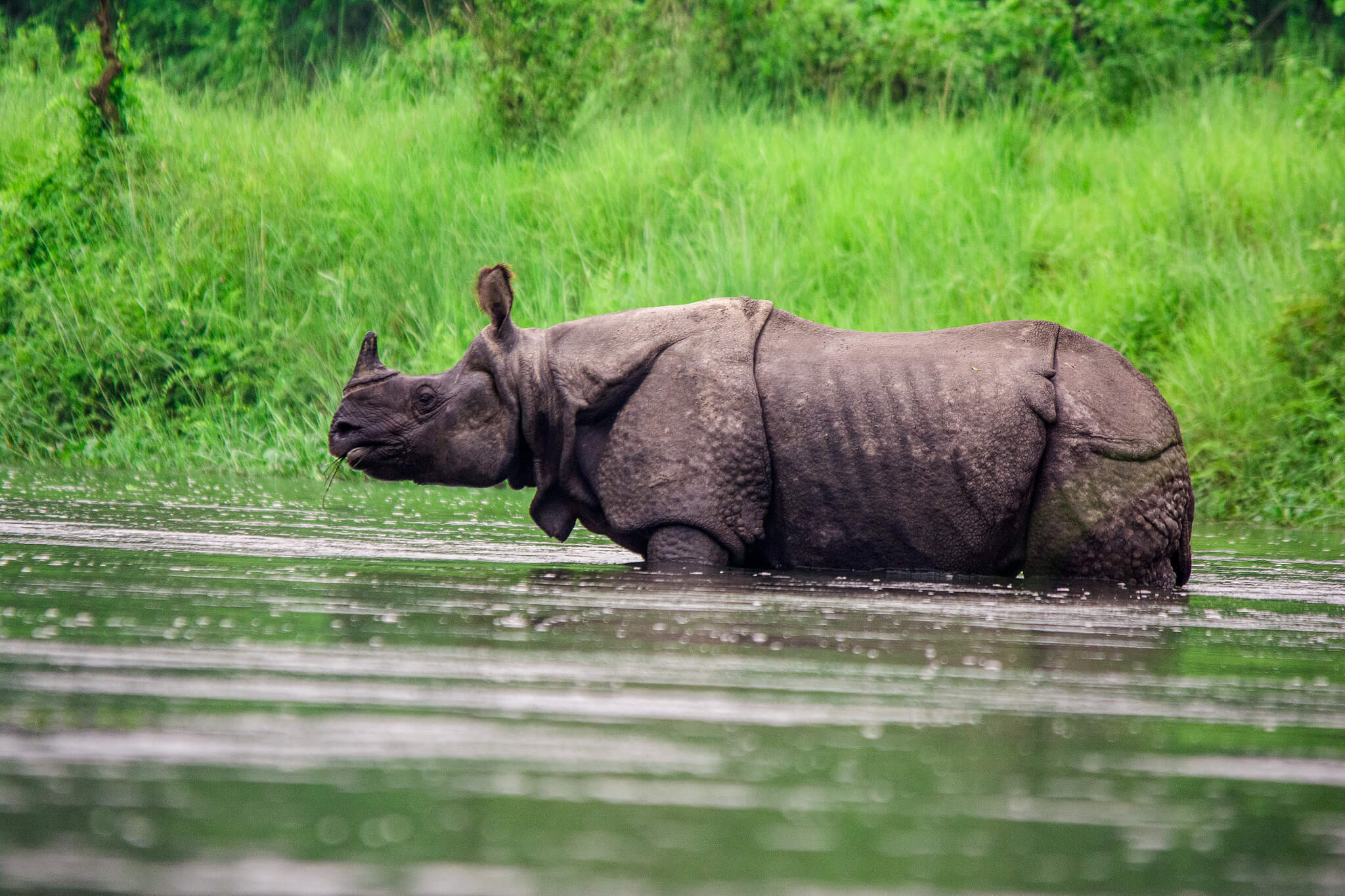
One-Horned Rhinoceros (Rhinoceros unicornis)
VulnerableFound at: Chitwan, Bardia, Parsa, Shuklaphanta
Population: ~752
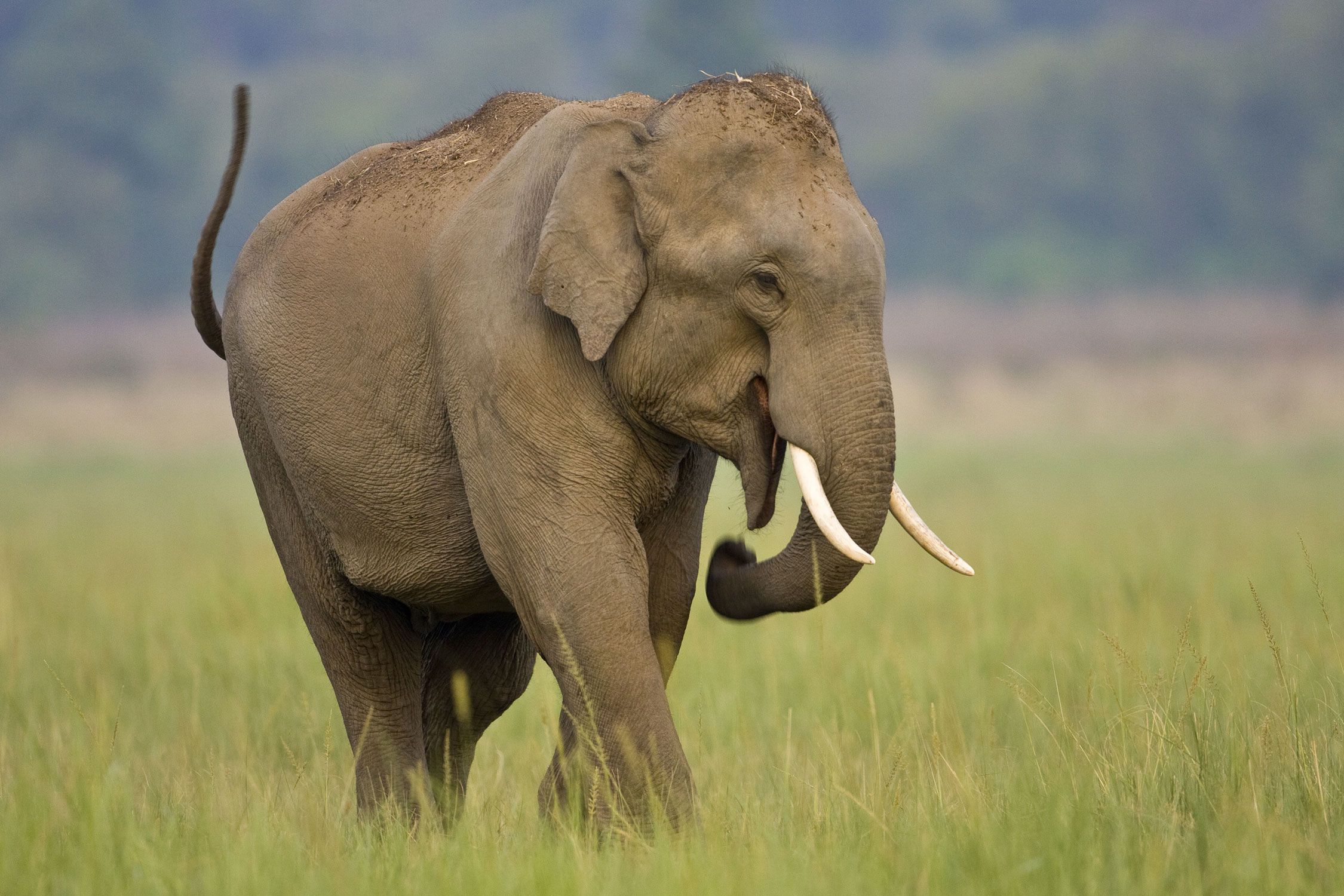
Asian Elephant (Elephas maximus)
EndangeredFound at: Chitwan, Bardia, Shuklaphanta
Population: ~100-150
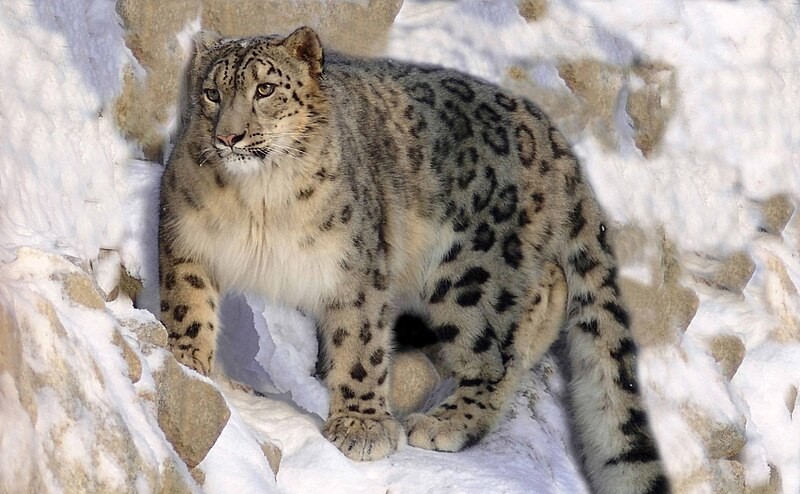
Snow Leopard (Panthera uncia)
VulnerableFound at: Shey Phoksundo, Sagarmatha, Kanchenjunga
Population: ~300-500
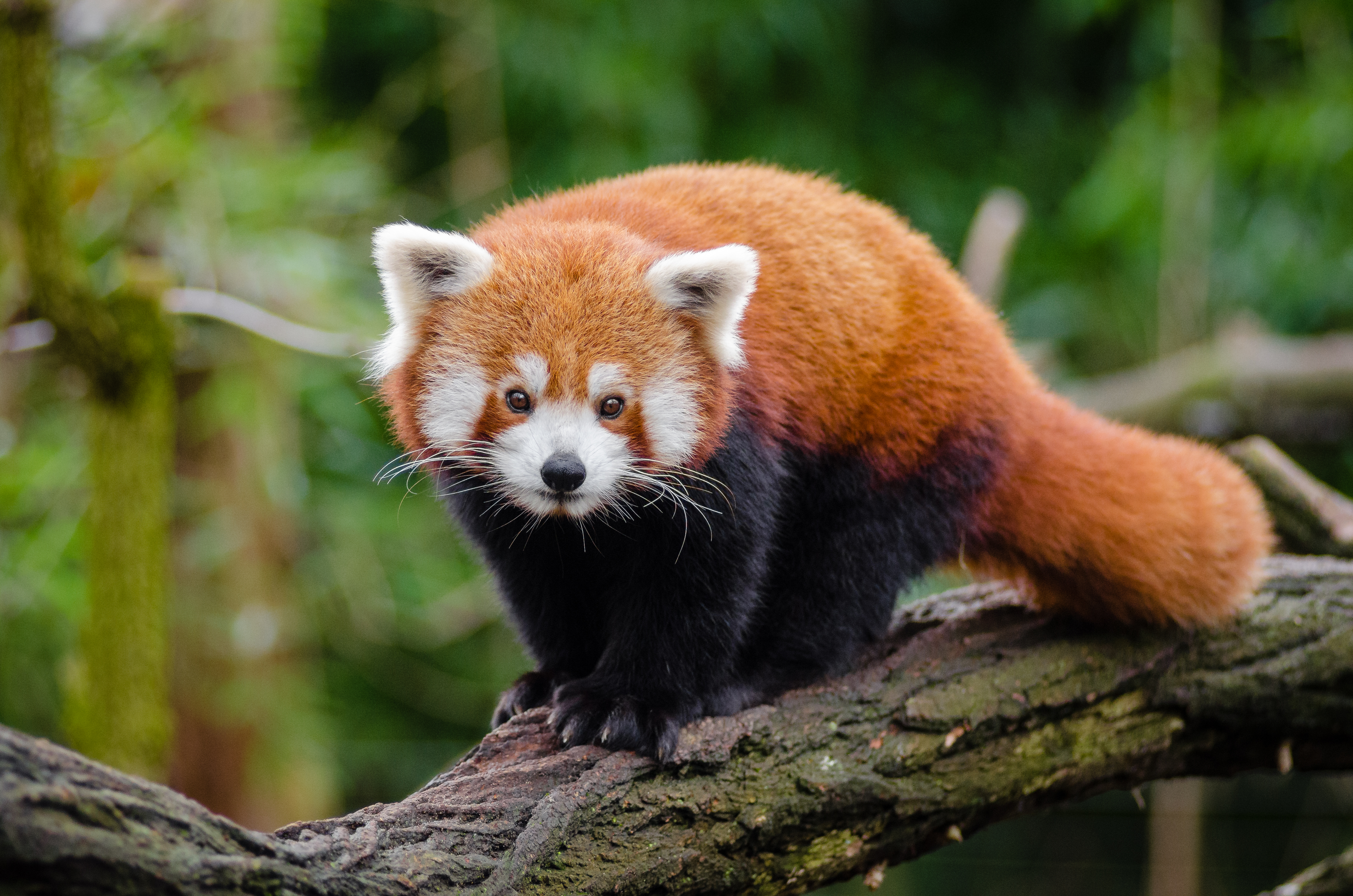
Red Panda (Ailurus fulgens)
EndangeredFound at: Langtang, Kanchenjunga, Makalu-Barun
Population: ~300-500
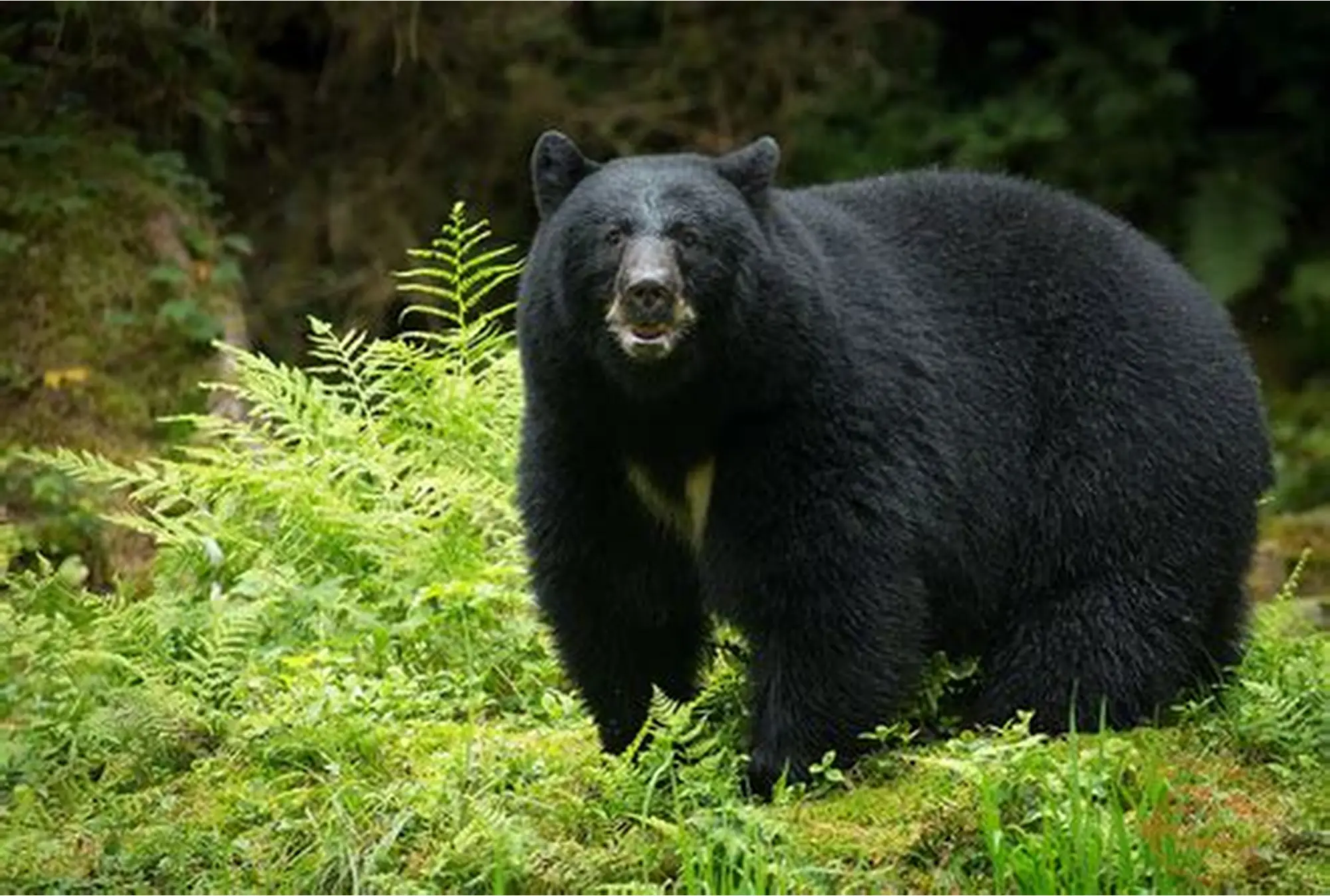
Himalayan Black Bear (Ursus thibetanus)
VulnerableFound at: Mid-hills, Langtang, Annapurna, Makalu-Barun
Population: Rare (unknown)
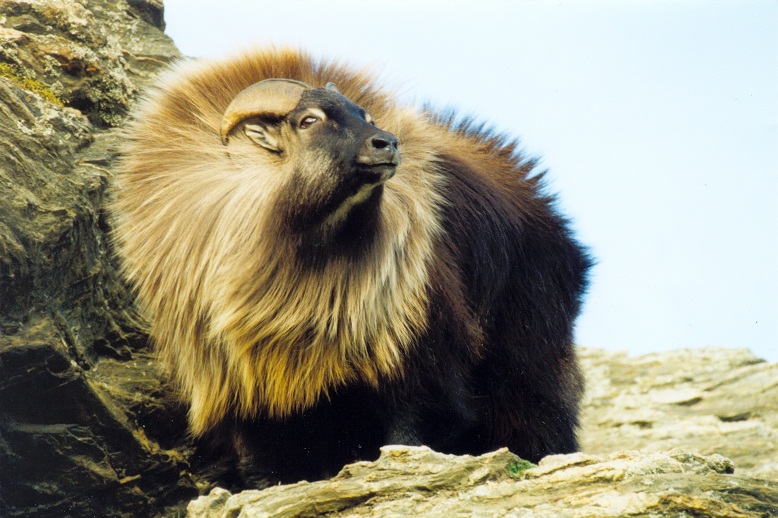
Himalayan Tahr (Hemitragus jemlahicus)
VulnerableFound at: Mid-hills, Langtang, Annapurna, Makalu-Barun
Population: Rare (unknown)
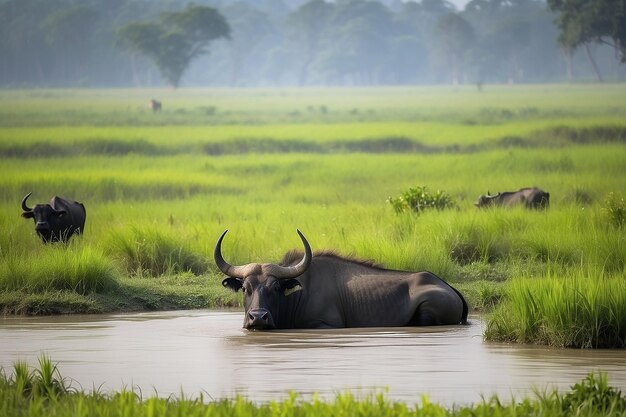
Wild Water Buffalo (Bubalus arnee)
EndangeredFound at: Koshi Tappu Wildlife Reserve
Population: ~440
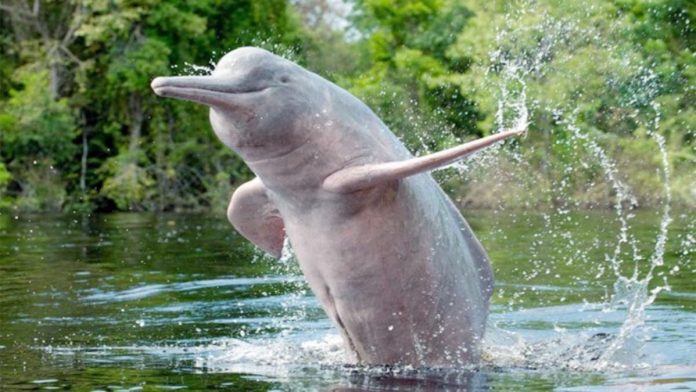
Ganges River Dolphin (Platanista gangetica)
EndangeredFound at: Karnali, Sapta Koshi, Narayani Rivers
Population: less than 30
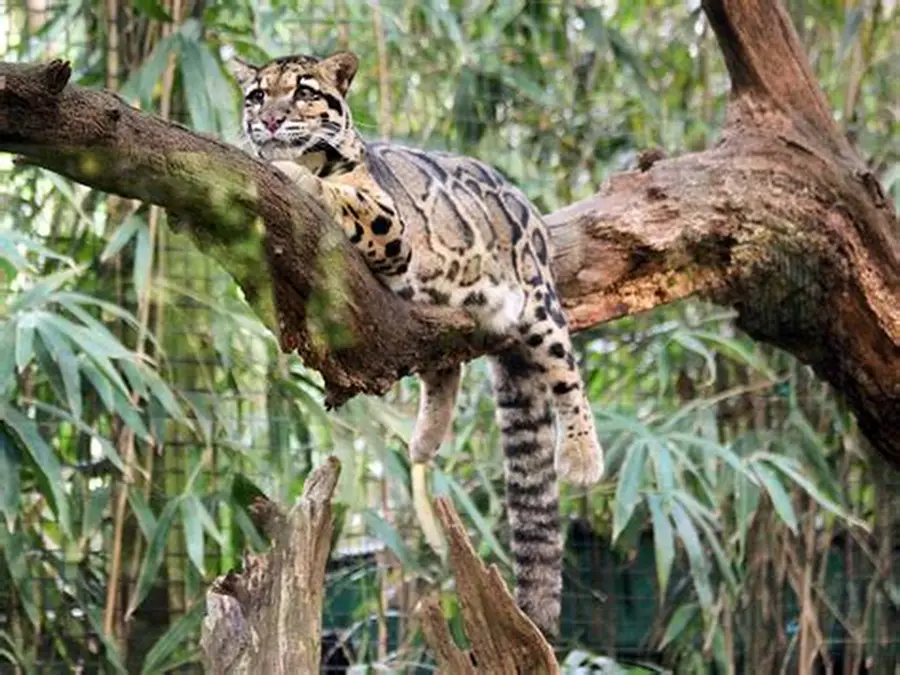
Clouded Leopard (Neofelis nebulosa)
VulnerableFound at: Mid-hill forests (eastern Nepal)
Population: Rare (no solid estimate)
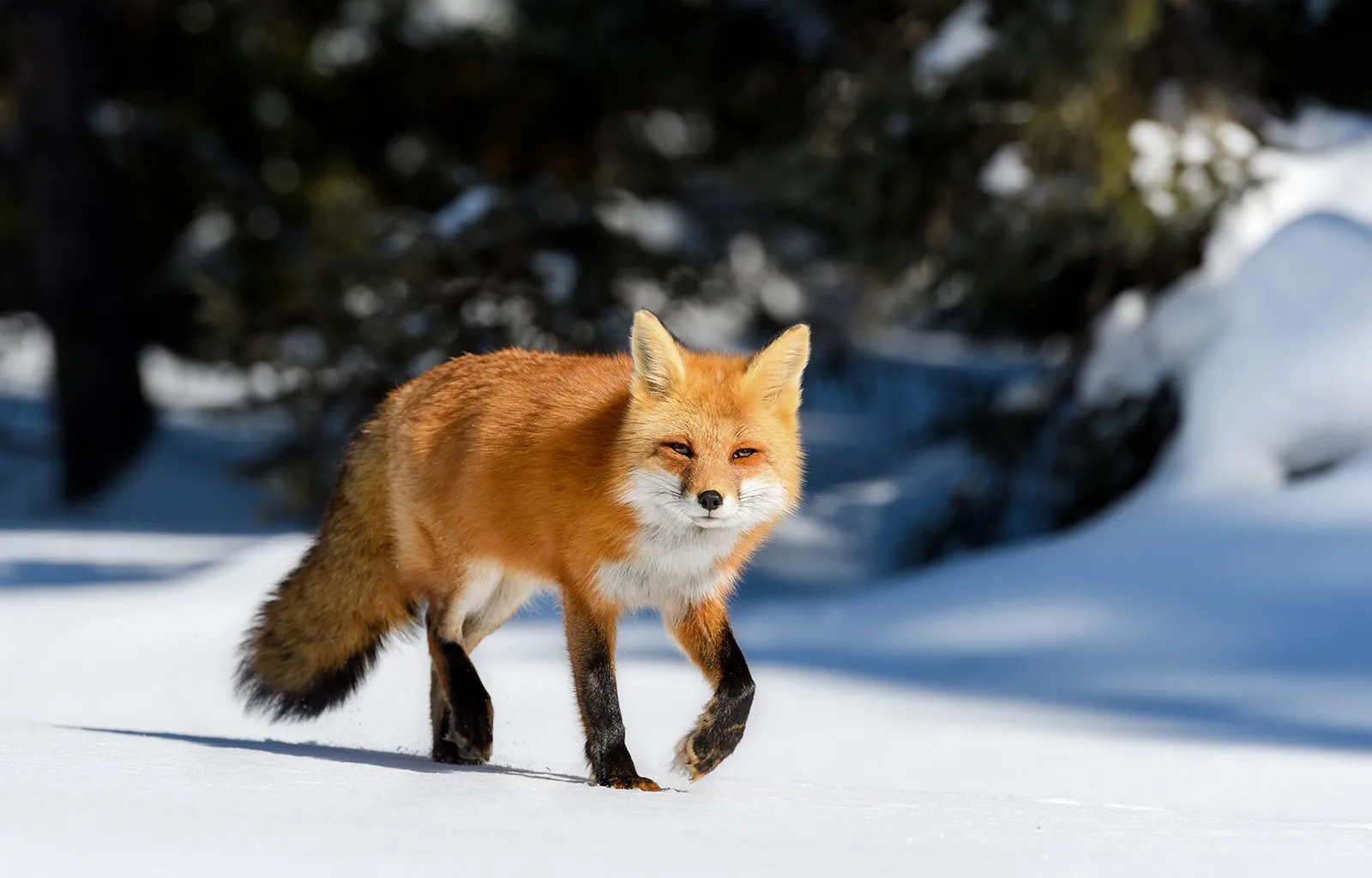
Red Fox (Vulpes vulpes)
Least ConcernFound at: High Himalayas - Mustang, Dolpa, Widespread
Population: unknown
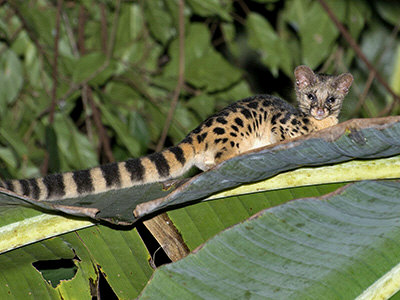
Spotted Linsang (Prionodon pardicolor)
Least ConcernFound at: Eastern & Central mid-hill forests
Population: Rare (no reliable data)
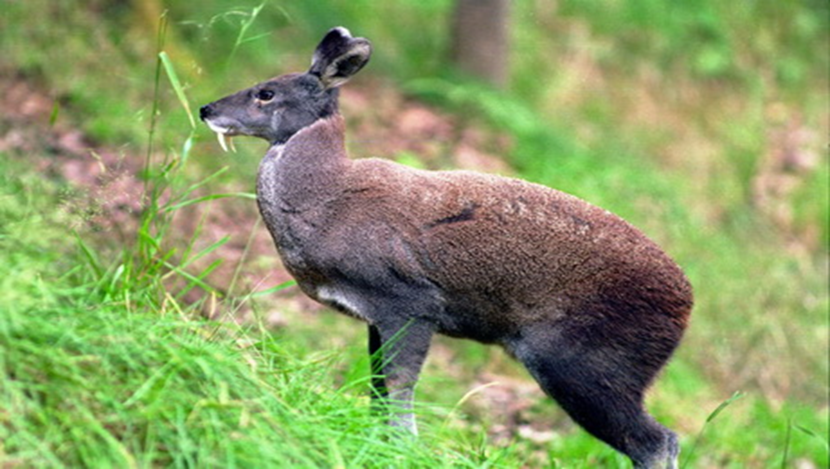
Himalayan Musk Deer (Moschus leucogaster)
EndangeredFound at: Alpine zones - Langtang, Sagarmatha, Annapurna
Population: Rare (heavily poached)
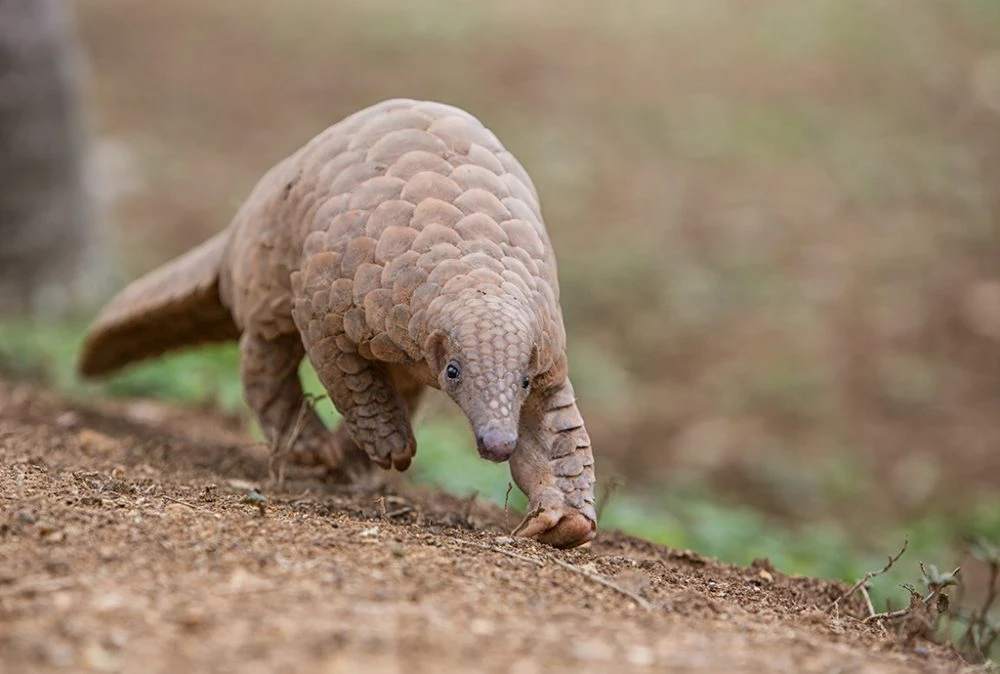
Indian Pangolin (Manis crassicaudata)
EndangeredFound at: Terai lowlands and forest edges
Population: Extremely rare
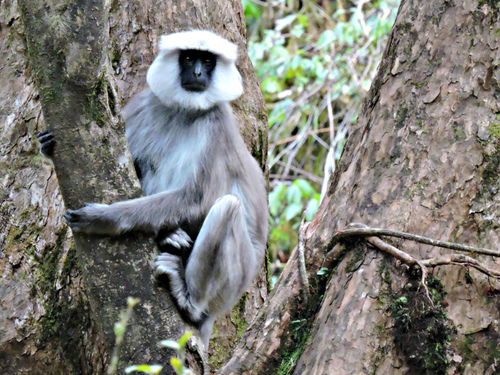
Arun Valley Langur (Semnopithecus schistaceus)
Least ConcernFound at: Eastern mid-hills (Makalu-Barun)
Population: Rare (locally found)
Conservation Success Stories
Rhino Recovery
From fewer than 100 in 1960s to ~650 today in Chitwan National Park through anti-poaching efforts.
Tiger Population Growth
Increased from 121 (2009) to 235 (2022) through habitat protection and community engagement.
Community-Based Conservation
Annapurna Conservation Area model successfully protects snow leopards while supporting local livelihoods.
Best Wildlife Viewing Locations
- Chitwan National Park
Best for: Rhinos, tigers, gharials, and elephants
- Bardia National Park
Best for: Wild elephants and Bengal tigers
- Sagarmatha National Park
Best for: Snow leopards and Himalayan tahr
- Koshi Tappu Wildlife Reserve
Best for: Birds (485+ species) and wild water buffalo
Endangered Species Protection
Nepal has made significant strides in wildlife conservation through:
- Army patrols in national parks
- Community anti-poaching units
- Habitat corridors between protected areas
- Transboundary cooperation with India and China
- Ecotourism initiatives funding conservation
Best for: Rhinos, tigers, gharials, and elephants
Best for: Wild elephants and Bengal tigers
Best for: Snow leopards and Himalayan tahr
Best for: Birds (485+ species) and wild water buffalo